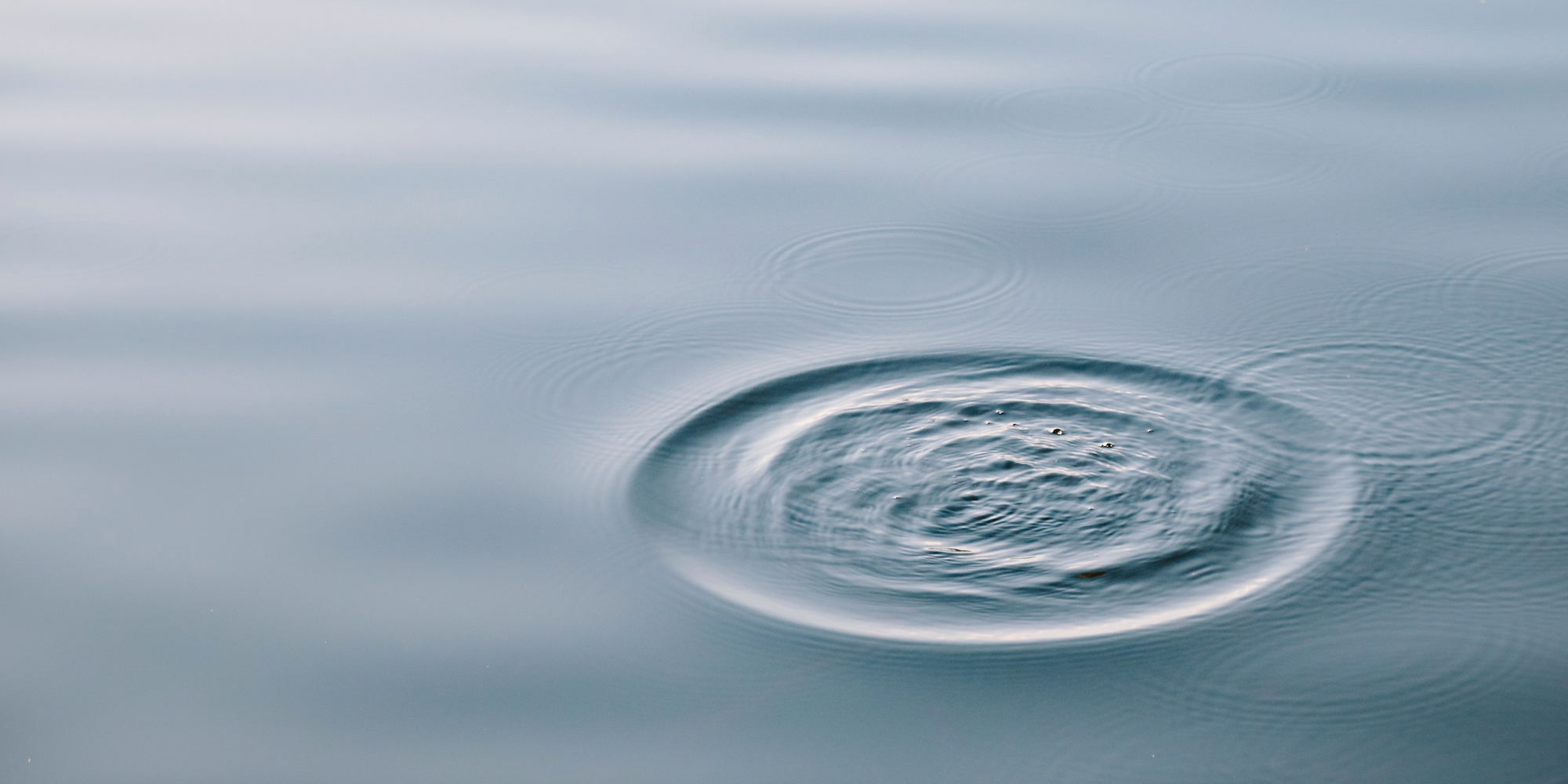Using Water as a Connection Element: Bath Meditation to Enhance Bodily Awareness

The Symbolism and Practice of Bath Meditation
Water’s significance transcends mere necessity; it is imbued with deep cultural meanings across the globe, often symbolizing purity, tranquility, and renewal. Many cultures incorporate water into their rituals as a cleansing or refreshing element, and this liquid’s soothing properties can enhance personal practices such as bath meditation. Engaging in this practice offers individuals an opportunity to deepen their connection between mind and body, aligning their energies in a serene environment.
The experience of bath meditation is richly enhanced by several factors:
- Soothing Atmosphere: The sounds of water create a natural symphony that can transport you to a peaceful state. Whether it’s the gentle trickle of a stream or the rhythmic sound of waves lapping at the shore, these auditory cues can effectively minimize mental distractions, allowing for a meditative state to flourish.
- Enhanced Sensory Experience: Immersing yourself in warm water increases your body’s awareness. The sensation of the water enveloping your skin can heighten tactile recognition, making you more aware of your physical form. This awareness amplifies the meditation experience, allowing thoughts and feelings to surface in a tranquil and accepting space.
- Healing Properties: Water is historically linked to various healing practices, from the ancient Romans’ thermal baths to modern hydrotherapy. It is believed to aid in detoxification and promote healing—both physically and mentally—making it the ideal medium for meditation. The soothing warmth can relax tense muscles and joints, enhancing the overall relaxation experience.
Integrating bath meditation into your daily or weekly routine not only serves as a form of stress relief but also significantly enhances your bodily awareness. During practice, you are likely to encounter heightened levels of self-discovery and reflection, as the act of being in water prompts a natural state of introspection. Many meditation guides even encourage practitioners to visualize their stressors or distractions dissolving into the water, creating a powerful release mechanism that can lead to profound change.
As you embark on this journey into bath meditation, get ready to embrace an experience that harmonizes the therapeutic powers of water with the art of meditative practice. This synergy could redefine your approach to wellness, nurturing your spirit while fostering a distinctly heightened sense of self. Exploring various techniques, such as using essential oils or calming music, can further enrich your bath meditation sessions. Consider how the sensory components of this experience, from the water temperature to the ambient soundscapes, can be tailored to suit your personal preferences, making your meditation journey uniquely yours.
DISCOVER MORE: Click here to delve deeper

Immersing in Sensory Richness: The Essence of Bath Meditation
At its core, bath meditation serves as a retreat where the cleansing powers of water converge with self-reflection, propelling the practitioner into deeper realms of bodily awareness. This meditative practice is not merely about finding relaxation; it is an exploration of how water can enhance our connection to our physical selves. Historically, the act of immersing oneself in water has been associated with transformative rituals, serving both a personal and collective purpose—to harmonize the energies of the mind and body.
One of the most compelling aspects of bath meditation is how it transforms our awareness of bodily sensations. When submerged in warm water, there’s an immediate shift in attention. The enveloping warmth invites one to pay close attention to the sensations across their skin, the gentle buoyancy that lightens the body, and the peaceful stillness that washes over the mind. As the senses awaken, practitioners often describe a heightened ability to listen to their bodies, fostering a connection that may have been muted by the distractions of everyday life.
- The Water’s Temperature: The warmth of the bath creates a physical sensation that can melt away tension. Adjusting the temperature to a personal preference can lead to a more inviting atmosphere, encouraging longer periods of introspection.
- Breath Awareness: The stillness of water can make it easier to focus on one’s breath. Each inhale and exhale can ripple through the water, reinforcing the connection between respiratory rhythms and physical existence.
- Visual Stimuli: Consider introducing calming visual elements to your bath. Whether it be flickering candles or soft lighting, these additions can create a multisensory experience that enhances your meditative journey.
As one proceeds with bath meditation, mental distractions may arise—the worries of the day, goals unmet, or thoughts about what lies ahead. Here, water serves as a physical medium for releasing these impediments. Practitioners can visualize their concerns dissipating into the water, transforming stress into something fluid and manageable. This imaginative connection can facilitate emotional healing, creating a psychological space where anxiety relaxes and self-acceptance is nurtured.
Moreover, the practice of using water as a connection element opens a pathway to profound self-discovery. The act of being in water can prompt reflections about physicality, self-image, and personal wellbeing. Through this lens, bath meditation becomes more than a mere practice; it evolves into an adequate method for exploring the mind-body relationship and promoting holistic wellness.
This synergy between water and meditation offers a chance to recalibrate and refresh oneself, instilling an enhanced sense of control over one’s physical and emotional state. As you prepare to embark on your journey with bath meditation, consider all the nuanced experiences waiting for you within the water, ready to nurture both your body and your spirit.
When considering the profound connection between water and bodily awareness, it’s essential to recognize how bath meditation can transform a simple bathing experience into a holistic practice. In various cultures throughout history, water has been viewed not just as a necessity for survival but as a vital element for spiritual rejuvenation and mental clarity.As you engage in bath meditation, the soothing properties of water can assist in deepening relaxation, allowing for a meditative state that promotes enhanced awareness of the body. This technique encourages practitioners to focus on the sensations of water enveloping their skin, significantly heightening their awareness of bodily connectivity. Immersion in water can also facilitate an expansive emotional release, often leading to a peaceful mental state. Additionally, integrating elements such as essential oils or bath salts into your practice can amplify the experience. For example, incorporating lavender or eucalyptus can promote better respiratory health and enhance the calming effects of the warm water. The sensory interplay between the warmth of the water and these aromatic elements can act as catalysts, leading to more profound moments of introspection and connection.Studies suggest that the act of bathing can trigger a relaxation response that counters the fight-or-flight mechanism, allowing individuals to be more present in their bodies. The ritualistic nature of bath meditation invites users to embrace a routine that prioritizes self-care, creating a sacred space for reflection and bodily awareness. In nurturing this connection through water, individuals can discover new dimensions of self-awareness and emotional resilience, paving the way for improved mental health and overall well-being. Such practices not only enhance the quality of meditative experiences but also reinforce the importance of water as a transformative element.
DISCOVER MORE: Click here to elevate your self-care routine
Navigating Emotions: The Therapeutic Power of Water
The unique interplay of water and the human body offers an exquisite means for engaging with our emotions during bath meditation. Water’s fluidity symbolizes the ebb and flow of our feelings, presenting an elemental reminder that emotions, like water, are transient and adaptable. This intrinsic connection encourages individuals to explore their inner landscapes with gentleness and curiosity, rather than resistance.
Research into the therapeutic effects of water highlights its ability to promote relaxation and reduce stress levels. The simple act of soaking in a warm bath can lower cortisol levels—the hormone often associated with stress. This physiological response reinstates a sense of balance, making it easier to confront emotional turmoil. For many, bath meditation becomes a sanctuary where they can allow their thoughts and feelings to surface without judgment, observing them like clouds passing through the sky.
- Aromatherapy and Emotion: Enhance your bath meditation by integrating essential oils. Scents like lavender, chamomile, and eucalyptus not only create a serene environment but also evoke specific emotional responses. Aromatherapy combined with the soothing effects of water can deepen emotional clarity.
- Mindful Practices: Engage in guided visualization techniques during your bath. For instance, envision the water enveloping you as protection from negativity, or imagine it washing away emotional burdens. Such exercises can facilitate profound emotional release.
- Physical Movement: Incorporate gentle movements or stretches while in the bath. The support of water reduces physical strain, allowing for exploration of one’s body in ways that may be challenging on land. This fluidity encourages an intuitive connection with bodily sensations and emotions alike.
As you become more attuned to your emotional state, bath meditation can reveal patterns in how emotions manifest physically. For example, feelings of anxiety may present as tension within the shoulders, while sadness may be felt as heaviness in the chest. Water serves as a neutral backdrop, allowing for increased awareness and understanding of these sensations. This practice of conscious observation can foster greater self-love and compassion, leading to a nurturing dialogue with oneself.
The science of hydrotherapy supports these emotional benefits as well. Studies suggest that interactions with water can elevate mood and even promote a sense of rejuvenation. The calming effects of hydrotherapy have prompted many wellness centers in the United States to incorporate water elements into therapeutic settings, demonstrating a growing recognition of its healing powers.
In this light, bath meditation becomes an opportunity not just for relaxation, but for authentic emotional exploration. It can serve as a catalyst for personal growth, encouraging practitioners to acknowledge their feelings and embrace their complexity. Ultimately, using water as a connection element in meditation can deepen the understanding of how our emotional and physical selves interact, leading to a more profound sense of wholeness.
DIVE DEEPER: Click here to discover the science behind aromatherapy
Embracing Wholeness Through Aquatic Mindfulness
In conclusion, the practice of using water as a connection element through bath meditation offers a unique approach to enhancing bodily awareness and emotional well-being. The therapeutic properties of water allow individuals to delve into their inner emotional landscapes while promoting relaxation and stress relief. By engaging with water’s fluidity, we are reminded of the ever-changing nature of our feelings, encouraging us to embrace them instead of resisting.
The integration of techniques such as aromatherapy, gentle movements, and mindful visualization can amplify the benefits of bath meditation. These practices not only create a serene atmosphere but also foster an environment of self-discovery and acceptance. Recognizing how emotions manifest in the physical body opens the door to a deeper understanding of ourselves, paving the way for self-love and compassionate dialogue.
As the field of hydrotherapy gains traction in wellness spaces across the United States, the growing recognition of water’s healing powers further validates the significance of these practices in improving mental and physical health. Ultimately, bath meditation is not just a means to unwind; it can be a transformative journey towards embracing the complexity of our emotional selves, providing clarity and a heightened sense of connection. By making water an integral part of our meditative practices, we cultivate a path toward holistic well-being and authentic self-discovery.


